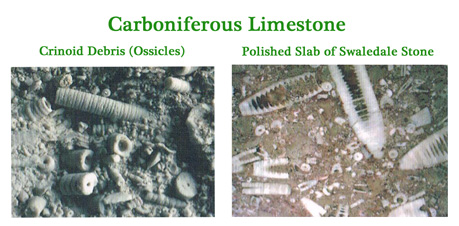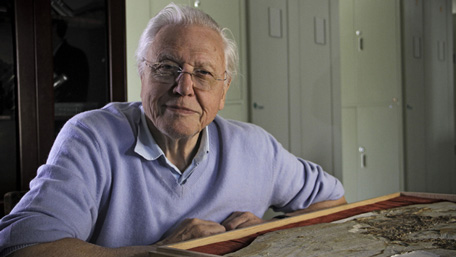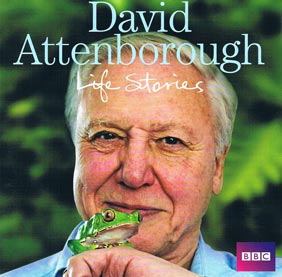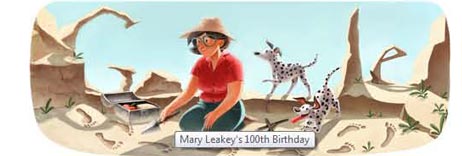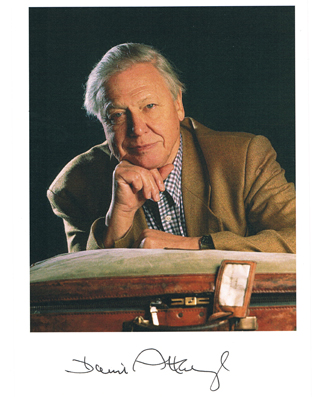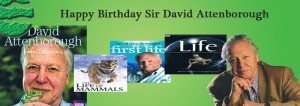Important and influential figures in science or from other related areas concerning dinosaurs and prehistoric animals.
Tracing the Descendants of the Iceman
Austrian Scientists Identify Living Relatives of Oetzi the 5,300 Year-Old Iceman
He may have lived during the Neolithic, otherwise known as the New Stone Age, but the frozen corpse of a man found in the Italian Alps back in 1991 has enabled scientists to determine that nineteen Tyrolean men alive today are related to this ancient human. His body preserved in ice, has enabled scientists to discover a great deal about Europeans in the Neolithic, called Oetzi by the scientists, the genome of this individual has now been fully mapped and studies of the male population of the Tyrol reveals that a number can be identified as living descendants.
Oetzi the Iceman
The ancestry was established by DNA analysis carried out by researchers from the Institute of Legal Medicine at Innsbruck Medical University (Austria). The body of a middle-aged man was found in the Italian Alps more than twenty years ago. At first, it was thought that the corpse was that of a climber who had got into difficulties and perished on the mountain, but tests later revealed that this was the remains of a man who had lived more than five thousand years ago.
International researchers have studied the body and those artefacts found with it, team members at Everything Dinosaur have written a number of articles regarding the progress of the research that reveals such fascinating insights into this person’s eye colour, their lactose intolerance and their predisposition to heart disease.
To read a recent article on Oetzi the Iceman: Iceman Reveals His Secrets.
Studying the Body
As far as Everything Dinosaur team members can tell, the related individuals were identified from tests on blood donors in the Tyrol region. These men have not been informed about their relationship to Oetzi, whom, according to some researchers may have been a tribal chief.
The Austrian Press Agency states that a particular, distinct genetic mutation was matched between the Iceman and the nineteen men. Scientists from the Institute of Legal Medicine of the Innsbruck Medical University are confident that more related males will be found when tests are carried out on blood samples from males living in the Swiss region of Engadine and from the South Tyrol of Italy.
Studying a Stone Age Man
The genetic mutation that permitted the connection between a Stone Age man and people living today, is quite rare in modern populations. Of the 3,700 samples of blood tested less than 0.52% of the population had the mutation.
Women were not included in this particular research project, as a different procedure would have been required to match their genes and confirm the ancestral connection. Oetzi is the oldest, natural European mummy found to date and as such he has permitted scientists an unprecedented window into the world of New Stone Age people at around 3,300 BC.
Intriguingly, an arrow head was found embedded in his body, was this an old wound or was this how he was killed.? Researchers still debate whether he died approximately where his corpse was found or was he taken up the mountain pass to be buried by members of his tribe?
Visit Everything Dinosaur’s award-winning website: Visit Everything Dinosaur’s Website.


